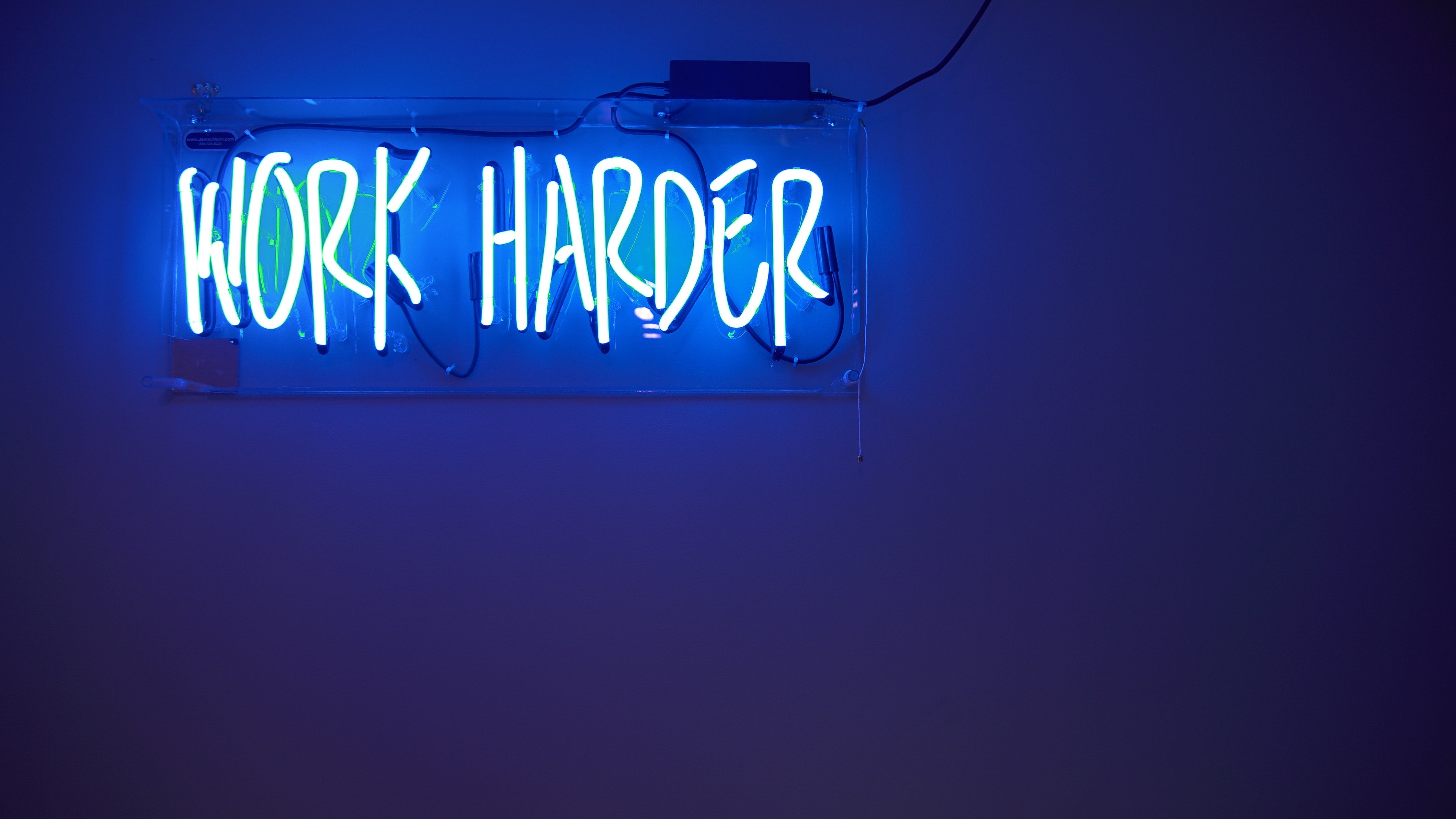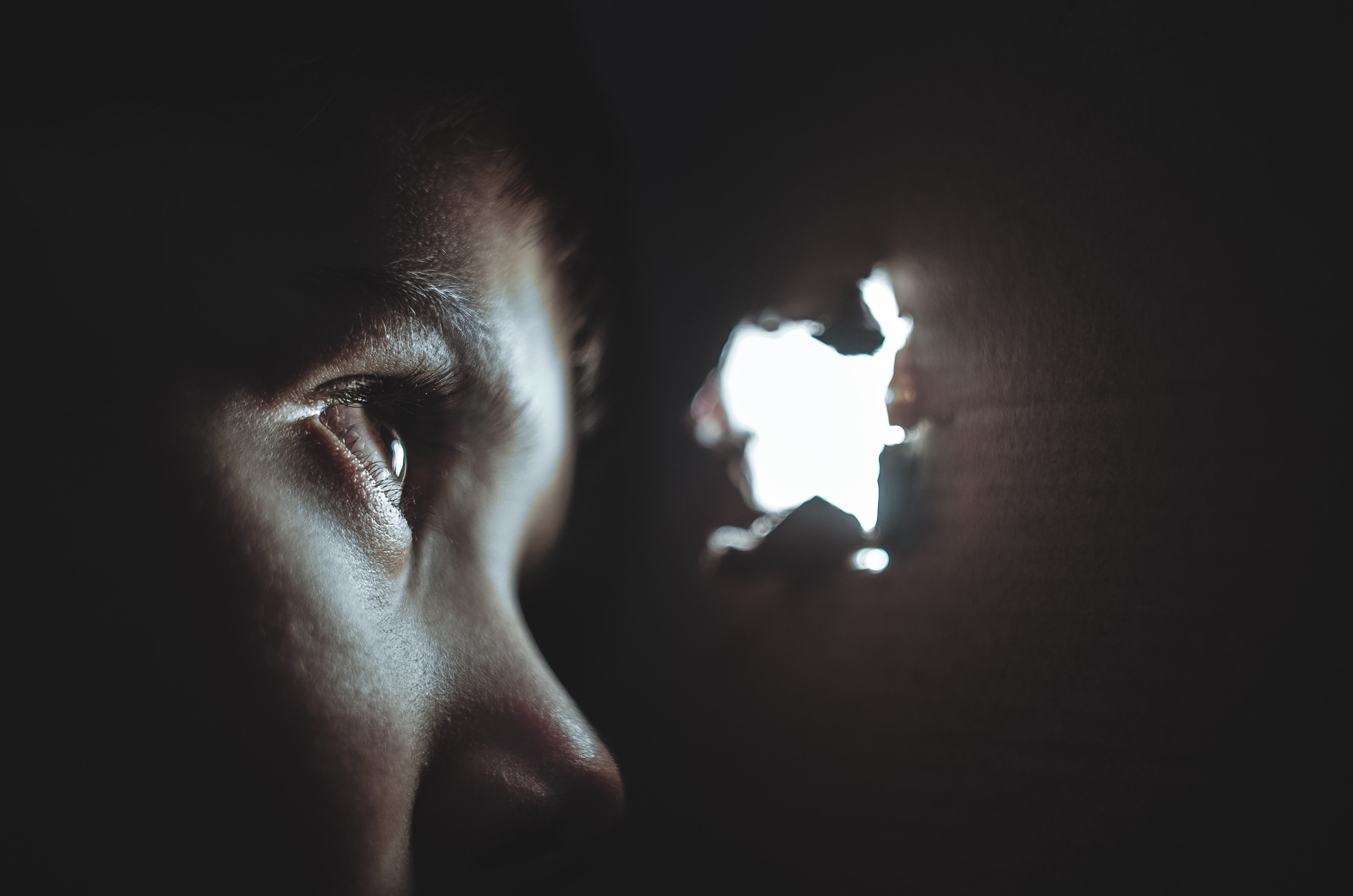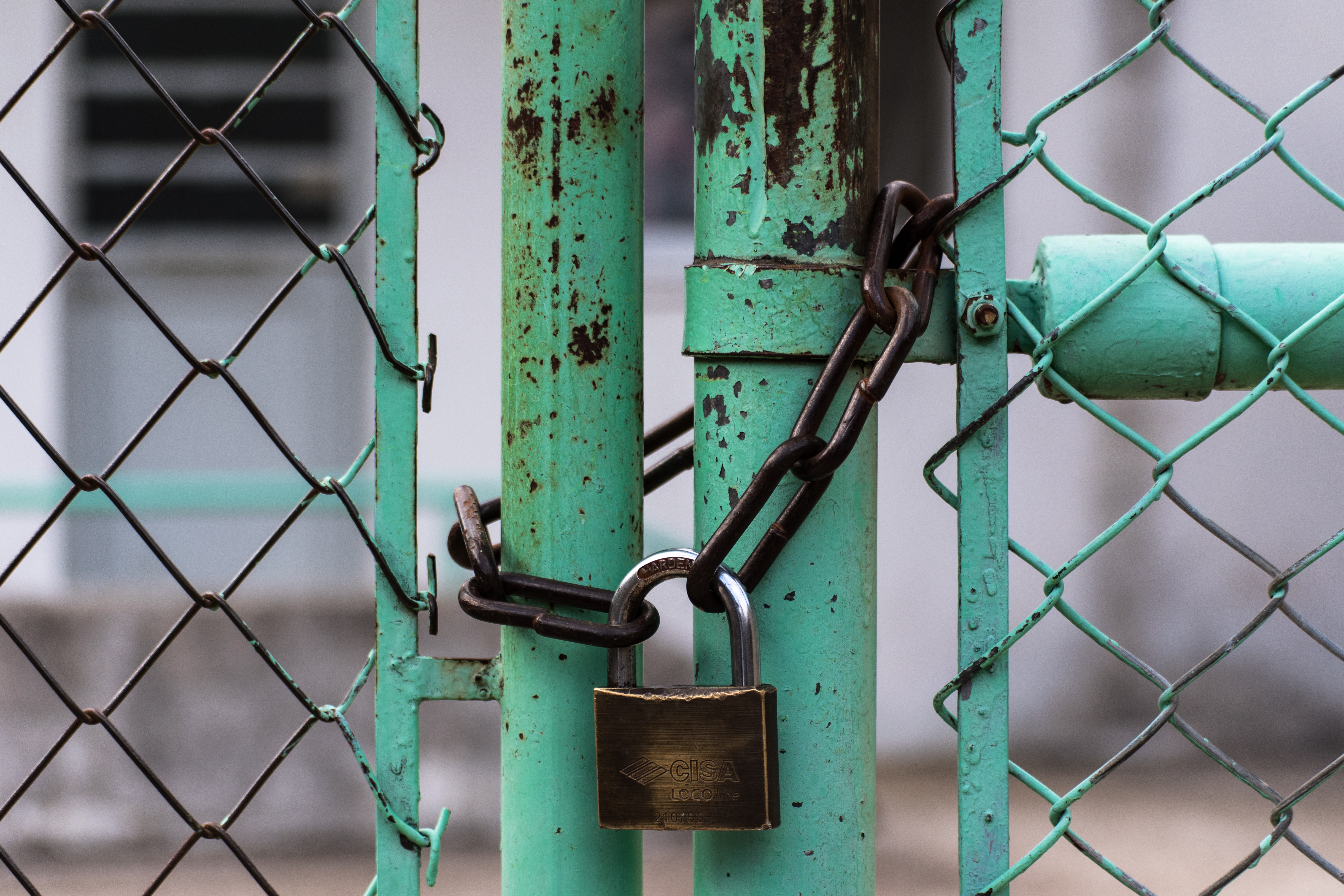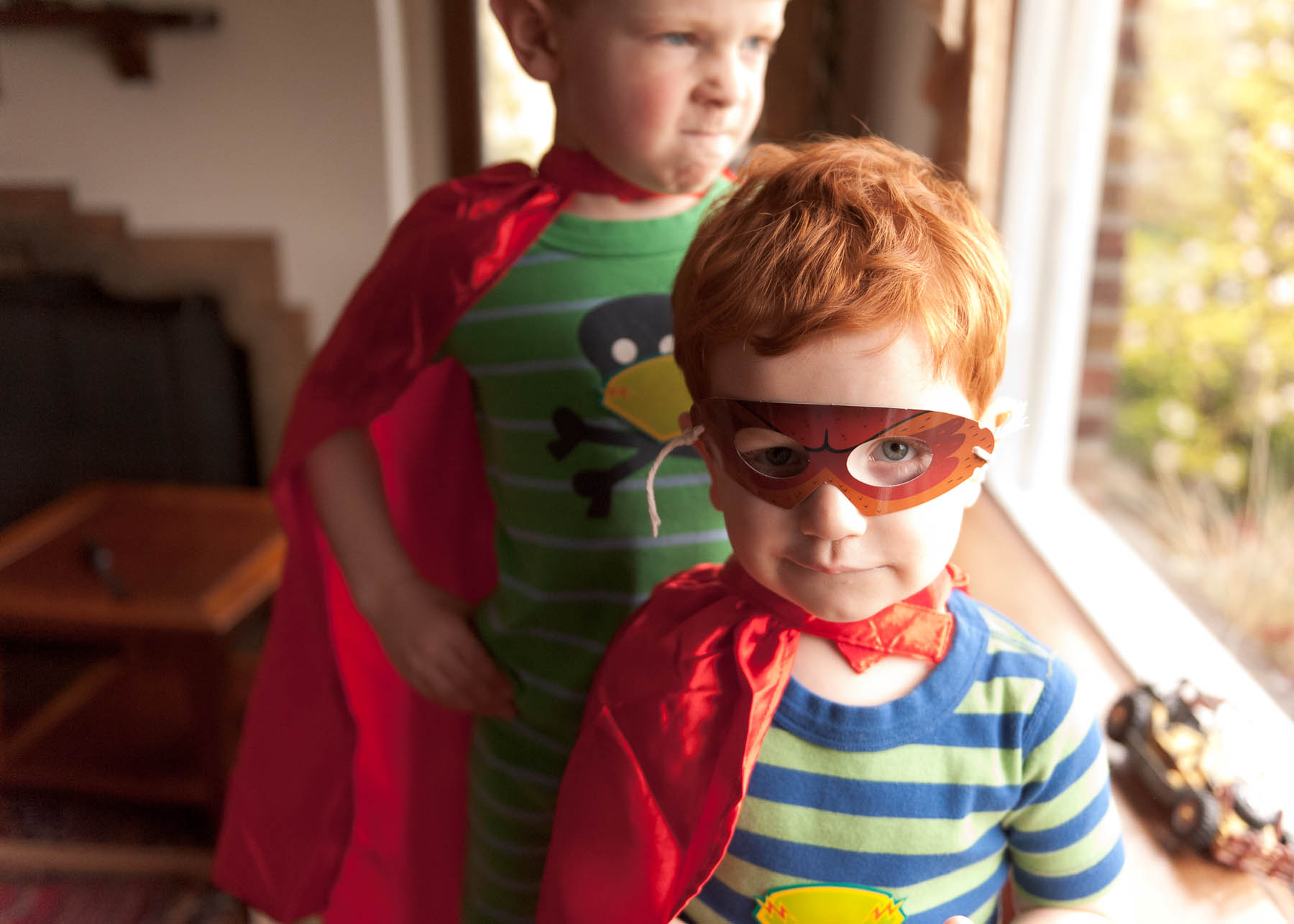Tomorrow is International Youth Day, a day that aims to raise awareness about the rights of young people, and to increase the opportunities available to them. It’s a good excuse for us to look at the ways that human rights protect young people.
The Human Rights Convention applies to everyone, both children and adults. But there are certain areas where human rights protections for children are particularly important.
Corporal punishment

Until fairly recently, corporal punishment was seen as a legitimate way to discipline a young person, both in public or in private. Today, however, corporal punishment is banned in UK schools and beating one’s own child is only lawful as long as the punishment is ‘reasonable’. It can in some cases be seen as a breach of Article 3 of the Convention, which prohibits inhuman or degrading treatment.
Three important cases have changed the way we view corporal punishment:
In 1972 Anthony Tyrer, a 15-year-old boy, brought a case to the Human Rights Court after two police officers flogged him with a piece of birch. The Court found that this punishment amounted to degrading treatment and therefore that Tyrer’s Article 3 rights had been breached.
In a 1982 case, Campbell and Cosans v UK, two mothers challenged a school policy that allowed corporal punishment. The Human Rights Court found that the mothers’ right to educate their children according to their convictions (i.e. without the use of physical punishment) had been breached. In 1986, corporal punishment was prohibited in state schools, and in 1998 it was banned in private schools too.
In 1998 the Human Rights Court found in A v UK that a 9-year-old boy’s Article 3 rights had been breached when his stepfather beat him with a cane. This was a landmark case, which made clear that, to be lawful, physical punishment must remain within the parameters of “reasonable chastisement” (i.e. not leaving a mark or breaking the skin). Some argue that the law should go further, and that parents should never be able to smack or beat their children. It’s a debate which has also flared up again in Wales.
Domestic violence

Domestic violence is any incident or pattern of incidents of controlling, coercive or threatening behaviour to family members. It’s illegal in the UK and the state has a duty to protect children from domestic abuse.
In Z and Others v UK in 2001, a local authority was found to have failed in its duty to protect four siblings who had endured inhuman and degrading treatment at the hands of their mother. Similarly, in 2002, the Human Rights Court found in the case of E and Others v UK that social services had failed to discover and prevent the sexual and physical abuse to which four siblings had been subjected by their mother and their mother’s partner. Because of those cases it is now possible for children to sue the state for damages if it has let them down leading to abuse.
While local authorities have a responsibility to protect children from abuse, they also have to respect the parents’ right to family and private life (Article 8) by ensuring they consult with them in terms of a care plan for at risk young people. This means that social services can’t just come in a take a child away from his or her parents. A balancing exercise has to be carried out.
Exploitation

Thanks in part to the Modern Slavery Act, there’s an increasing understanding of the term “exploitation” and of the state’s role in responding to cases of child exploitation without furthering their victimisation. Lessons have also been learned from where things have gone badly wrong.
Between 1997 and 2013, over 1,400 young people were sexually exploited in Rotherham. When the exploited girls became known to the police and social services, they were seen as consenting, some were claimed to be prostitutes, and their claims were dismissed, despite the fact that children can’t consent to sex, nor to selling sex. No proper investigations were carried out, even though that the Human Rights Convention requires that states must conduct an independent investigation into incidences of abuse. However, as a result of human rights arguments, an independent inquiry was established, which has helped to ensure that similar cases will have to be handled very differently.
Human rights have also helped to protect child victims of modern slavery who commit crimes as part of their exploitation. In 2013, when three Vietnamese child victims of exploitation were prosecuted for their involvement in cannabis farming, the Court of Appeal judge applied a human rights perspective and found that prosecution was not in the public interest. This case set a precedent so that similar prosecutions would have to be examined through the lens of human rights and anti-trafficking legal protections.
These are just a few examples of the ways in which human rights help protect children and young people. Whether we’re talking about preventing child abduction or valuing children’s voices, human rights are essential to ensuring that young people can lead safe and happy lives.
Want to know more?
- Learn more about child rights with these infographics.
- Read about inspiring young people promoting human rights.
- Check out the rest of our articles about children and their rights.







